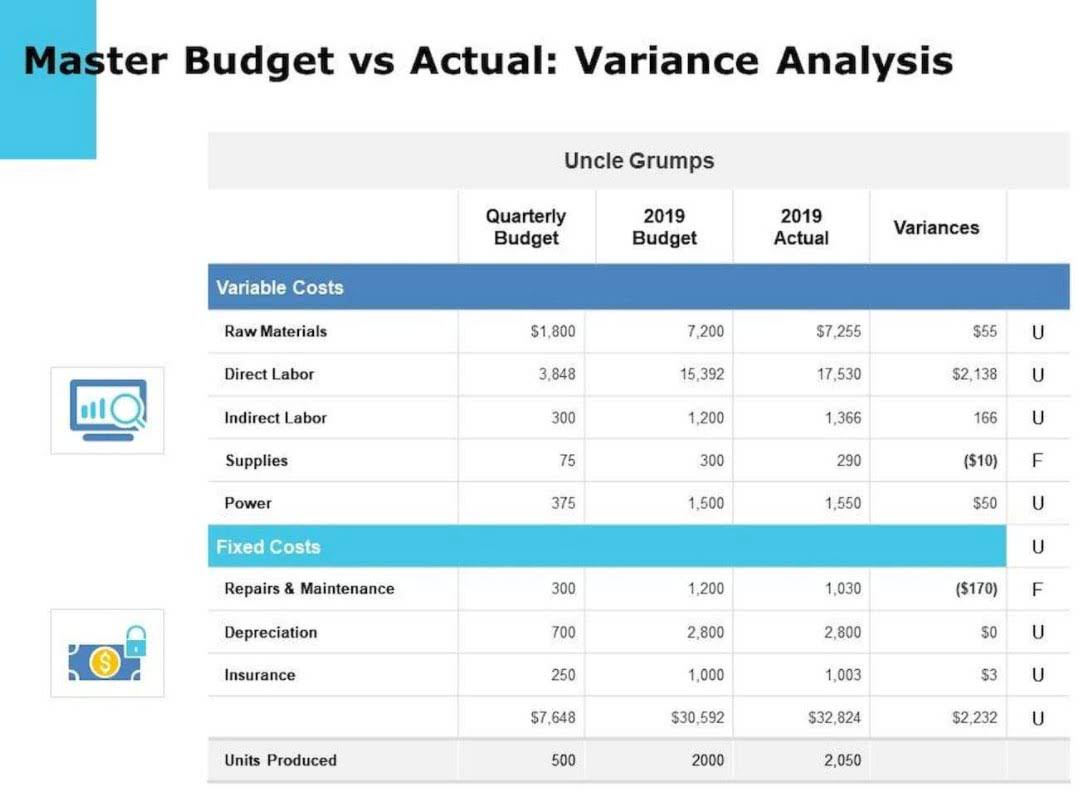
Market segmentation is a powerful tool in the arsenal of any marketer or business strategist. Boost your confidence and master accounting skills effortlessly with CFI’s expert-led courses! Choose CFI for unparalleled industry expertise and hands-on learning that prepares you for real-world success. SmartAsset Advisors, LLC („SmartAsset”), a wholly owned subsidiary of Financial Insight Technology, is registered with the U.S. This means Company B effectively saves $10,500 in taxes compared to Company A.
The 2007 Financial Crisis: A Deep Dive into the Bonguest Theory

In this section, we delve into the intricacies of calculating tax shields, exploring different perspectives and providing practical examples. The income tax usually has a significant impact on the cash flow of a company and therefore needs to be taken into account while making capital budgeting decisions. An investment that looks desirable without considering income tax may become unacceptable after considering it. Before explaining the impact of income tax on capital budgeting decisions using a net present value (NPV) example, we need to understand three important concepts. These concepts are after-tax benefit, after-tax cost and depreciation tax shield. Let’s briefly explain and exemplify each and then apply them in the computation of a NPV of a project.
( . Annual DTS available at 37% tax rate:
Tax laws are subject to change, https://www.bookstime.com/articles/financial-statements-for-banks and reductions in corporate tax rates can diminish the value of tax shields. For example, the Tax Cuts and Jobs Act of 2017 lowered the US corporate tax rate from 35% to 21%, reducing the tax shield benefits for many companies. The tax shield theory has profound implications for corporate financing decisions.
- A tax shield refers to the reduction in taxable income achieved through allowable deductions, significantly impacting a company’s cash flow and profitability.
- However, aggressive tax planning or incorrectly claiming deductions can raise red flags.
- An operating loss tax shield is the tax benefit that arises when a company incurs losses in a particular year.
- The tax shield is created by deducting certain expenses and costs from a company’s taxable income, which reduces the amount of income subject to taxation.
- M&M Proposition II with taxes states that the value of a leveraged firm (one with debt) exceeds the value of an unleveraged firm (one without debt) due to the tax shield.
- Market segmentation is a powerful tool in the arsenal of any marketer or business strategist.
Risk of Financial Distress

The optimal capital structure balances the benefits of the tax shield against the costs of financial distress. Simply multiply the cost of debt and the yield on preferred stock with the proportion of debt and preferred stock in a company’s capital structure, respectively. Since interest payments are tax-deductible, the cost of debt needs to be multiplied by (1 – tax rate), which is referred to as the value of the tax shield.
How to Calculate Tax Shield ?
One of the most common examples of a tax shield is the deduction for interest expense on debt. Because interest payments depreciation tax shield formula are considered a business expense, they are deductible from taxable income, thereby reducing a company’s tax liability. This is one reason why companies may prefer to finance their operations through debt rather than equity. However, when it is deducted from taxable income, it has a positive cash flow effect in the form of tax saving – the depreciation tax shield. In capital budgeting, the amount available as depreciation tax shield can be treated as equivalent to either reduced cash outflow or increased cash inflow.
As you can see from the above calculation, the Depreciation Tax Savings as the how is sales tax calculated expense increases. Interview questions around the Depreciation Tax Shield are quite common because it ties directly into the Discounted Cash Flow (DCF) analysis process. CFI is the global institution behind the financial modeling and valuation analyst FMVA® Designation.

How to Calculate Depreciation Tax Shield
The tax shield theory is a cornerstone of corporate finance, offering a compelling rationale for the use of debt in capital structures. By reducing taxable income, tax shields enhance after-tax cash flows and increase firm value. However, the benefits of tax shields must be weighed against the risks of financial distress and the impact of changing tax laws. Depreciation and amortization are non-cash deductions that reduce tax liabilities over time.
Debt Financing Decisions
Our mission is to provide useful online tools to evaluate investment and compare different saving strategies. The before-tax cost of training program is $70,000 and after-tax (or net-of-tax) cost of training program is $42,000. Working with an adviser may come with potential downsides, such as payment of fees (which will reduce returns). There are no guarantees that working with an adviser will yield positive returns. The existence of a fiduciary duty does not prevent the rise of potential conflicts of interest. We do not manage client funds or hold custody of assets, we help users connect with relevant financial advisors.
Sum-of-Years-Digits Approach:
A tax credit is a direct reduction in the amount of tax owed, rather than a reduction in taxable income. Tax credits are offered for a variety of purposes, such as investments in certain industries, research and development, and energy efficiency. Because depreciation expense is treated as a non-cash add-back, it is added back to net income on the cash flow statement (CFS).